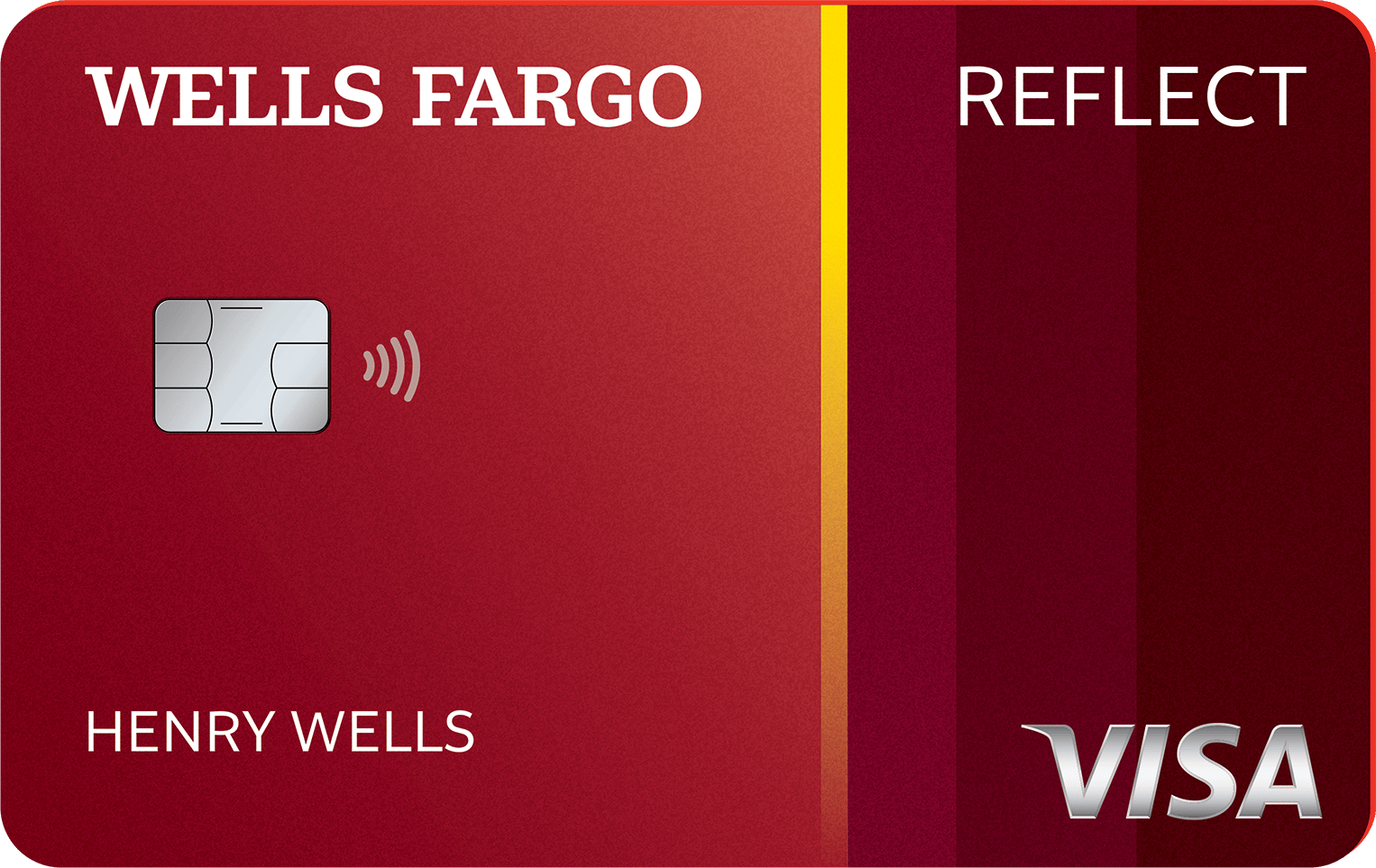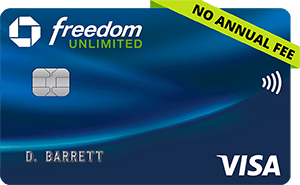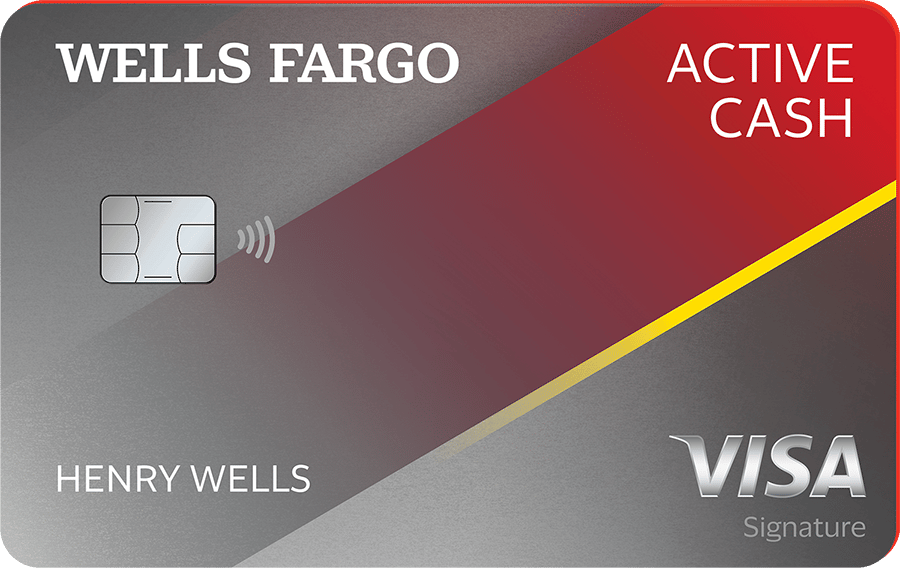How Do 0% APR Credit Cards Work? 7 Things to Know Before You Apply
The 0% rate doesn't last forever, doesn't always apply to your entire balance and doesn't come without risks.

Many or all of the products on this page are from partners who compensate us when you click to or take an action on their website, but this does not influence our evaluations or ratings. Our opinions are our own.
A 0% APR on a credit card means that you won’t be charged interest on purchases, balance transfers or both, for a fixed period of time.
Once the card’s promotional period ends, you’ll be charged interest on any remaining balance.
0% APR cards require good card-holding habits like paying your balance on time every month.
A 0% APR credit card can be useful for consolidating existing credit card debt or making a large purchase. Such cards offer interest-free periods, which typically range from six months to nearly two years, during which you’re not being charged interest on your purchases, balance transfers or both. Once the introductory period ends, however, the card’s regular APR will kick-in and you'll be charged interest on any remaining balance.
But not all 0% APR offers are equal, so it's critical to understand the terms before you sign up for a new card. Here's how 0% APR credit cards work and what to keep in mind before applying for one.
» MORE: How to choose a 0% APR card
1. The 0% may not apply to everything
The offer may say "0% APR" in big, bold letters — but that could be referring to the rate on purchases, balance transfers or both. To find out what you’ll pay in each situation, read the Schumer box, a table of rates and fees typically included in credit card offers. A single credit card can charge different interest rates:
Purchase APR: This is the interest rate charged on things you buy. If you want to use a 0% card to finance a big purchase, make sure the 0% offer applies to purchases and not just balance transfers. Keep in mind that if a card offers 0% APR on both purchases and balance transfers, the length of the 0% period might be different for one versus the other.
Balance transfer APR: This is the rate charged on debt you move from one card to another. Double-check that the 0% offer applies to balance transfers before moving your debt. Otherwise, you could end up paying interest on top of any applicable balance transfer fees.
Cash advance APR: You'll often have to pay a higher APR for cash advances than for other types of transactions, and there may be a fee involved, too. Cash advances on a credit card rarely qualify for 0%.
Penalty APR: Issuers may slap a sky-high penalty rate on your account under certain conditions, and a 0% offer won't save you. Actions that might trigger a penalty APR include:
Failing to make your minimum payment within 60 days.
Exceeding your credit limit.
Making a payment that doesn’t go through.
And remember, if you're late on payments or max out your credit card, high interest rates aren't your only concern — your credit score may also take a big hit.
Terms and conditions apply. Credit products subject to lender approval.

2. Your 0% APR deal could be canceled
Even with a 0% APR card, you’ll still have to make monthly minimum payments — usually a small percentage of your balance. And if your payment is late, even by a single day, your card issuer could cancel the 0% offer and reset your card's interest rate to the ongoing APR.
On top of costing you interest and late fees, missing payments could also end up hurting your credit scores. Payment history accounts for 35% of your FICO score. If staying on top of due dates is a challenge for you, consider setting up automatic payments so you don’t have to worry about losing a no-interest offer.
Since we're on the subject, keep in mind that paying only the minimum each month will avoid late fees, but it won't do much to reduce your debt.
0% APR CREDIT CARDS: A SAMPLING
APR: 0% intro APR for 21 months from account opening on purchases and qualifying balance transfers, and then the ongoing APR of 17.24%, 23.74%, or 28.99% Variable APR.
Balance transfer fee: 5% of the amount transferred ($5 minimum).
Rewards: None.
Bonus offer: None.
» MORE OPTIONS: NerdWallet's best 0% APR credit cards
APR: 0% Intro APR for 18 billing cycles for purchases, and for any balance transfers made in the first 60 days. After the Intro APR offer ends, a Variable APR that’s currently 15.24%-25.24% will apply
Balance transfer fee: 3% of the amount transferred for 60 days from account opening, then 4%.
Rewards: None.
Bonus offer: None.
APR: 0% intro APR on purchases and Balance Transfers for 15 months, and then the ongoing APR of 18.99%-28.49% Variable APR.
Balance transfer fee: Intro fee of 3% of the amount transferred for the first 60 days; after that, 5% (minimum fee in all cases: $5).
Rewards: 5% cash back on travel booked through Chase; 3% at restaurants and drugstores; 1.5% on other purchases.
Bonus offer: Limited Time Intro Offer: Earn a $250 Bonus after you spend $500 on purchases in your first 3 months from account opening.
APR: 0% intro APR on Purchases for 12 months and 0% intro APR on Balance Transfers 12 months from account opening on qualifying balance transfers, and then the ongoing APR of 19.24%, 24.24%, or 29.24% Variable APR.
Balance transfer fee: Intro fee of 3% of the amount transferred for the first 120 days; after that, 5% (minimum fee in all cases: $5).
Rewards: 2% cash back on all purchases.
Bonus offer: Earn a $200 cash rewards bonus after spending $500 in purchases in the first 3 months.
3. Big balances can still hurt your credit scores
No matter what promotional deal you got on a new credit card, the rules remain the same as far as your credit scores. The amount of money you owe still accounts for 30% of your FICO score. If your credit utilization ratio — the percentage of your credit limit that you're using — is too high, your scores may suffer. In general, it's best to use less than 30% of your credit limit on any card.
If you got the 0% card to finance a big purchase, a hefty utilization ratio might be unavoidable in the short term, but use it as motivation to pay the debt down quickly. Making a lot of purchases in a short period of time? Consider making multiple payments each month to keep your utilization ratio low and avoid maxing out your card.
4. Interest will be charged on any balance left when the 0% period ends
No-interest credit cards are only interest-free for a limited time. This period typically lasts anywhere from six to 18 months, depending on the credit card. And when this promotional period ends, your 0% APR will reset to the regular ongoing APR. Plus, the credit card issuer isn't obligated to remind you to pay off the debt. If you're still carrying a balance on your card, you'll start accruing interest on that remaining amount. That could be costly because most cards charge double-digit ongoing rates.
Before using your 0% APR card for the first time, consider setting a calendar reminder noting when the promotional APR period ends. Aim to pay off the balance by that date to avoid finance charges.
5. You might not be eligible for the offer
Although there's no "official" limit on how many 0% APR credit cards you’re allowed to have at once, in reality, each lender has its own limits on how much credit they will extend to any individual. An issuer might approve you for multiple cards, but it's likely to cap your total credit, which limits total account balances.
Many banks also have restrictions when it comes to balance transfer offers. Chase, for example, caps the amount of balance transfers at $15,000 within any 30-day period. Further, most issuers also won't allow you to transfer a balance from one of their cards to another. And, of course, your credit has to be good enough to get approved for an offer in the first place. The best 0% offers generally require good to excellent credit.
6. You might not get approved for as much credit as you need
Let's say you're looking to transfer $10,000 in debt to a 0% card, or you have a $10,000 home repair you would like to finance without interest. There's no guarantee you'll get approved for the amount you need on a new card. In most cases, you'll find out your credit limit only after you're approved. If you were hoping to get a break on the $10,000 expense, but you get approved for a limit of $5,000, you're still stuck with figuring out what to do about the difference.
7. The usefulness of a 0% deal depends on your habits
If you pay off your credit cards in full every month, a 0% APR offer might not mean anything to you. That's because if you never carry a balance, you don't pay interest. Unless you're planning on making large purchases and paying off your balance over several months, consider looking for credit cards that offer rewards you can use, like airline miles or cash back on groceries or gas.
Find the right credit card for you.
Whether you want to pay less interest or earn more rewards, the right card's out there. Just answer a few questions and we'll narrow the search for you.






